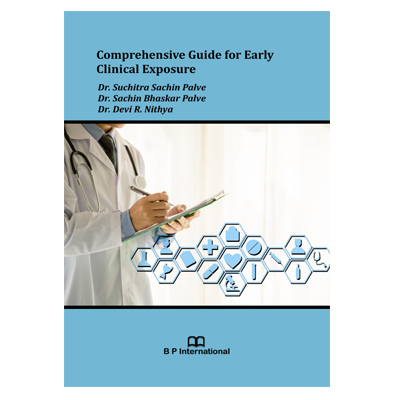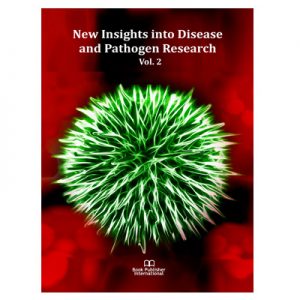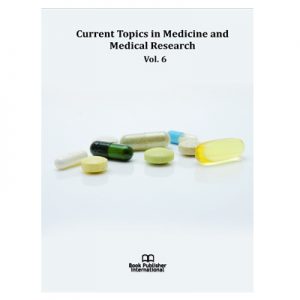“Don’t judge each day by the harvest you reap but by the seeds that you plant.” Belaboring this adage to education, the famous quote of Robert Louis Stevenson, the importance of “meticulous formative early years” in all spheres of education is intensely underscored. The intent of this editorial is to lay before the readers an intriguing concept of “Early Clinical Education” which calls for a shift in philosophy from “pedagogy” to “andragogy”.
The past: A throwback on medical education worldwide brings out urgency of ushering in amendments at this hour. It all started in the mid-19th century when medical education was in shambles in the USA owing to the burgeoning “Proprietary Medical Colleges” that lacked disciplined teaching protocols and were busy churning out “doctors” (if we can name them so) of far too low competence. A revolution to curtail this deleterious trend in medical education arose in the 20th century and soon led to the establishment of what we may call a “Hopkins Circle.” Among the selected few reformers in this circle was a nonmedical educationist recruit, Abraham Flexner, who was entrusted with the onerous task of surveying colleges across length and breadth of the USA and Canada and suggesting reforms to improve the status of medical education. The result was the release of the famous “Flexner Report” also called “the Carnegie Foundation Bulletin Number Four” in 1910. Aside from other guidelines, the report laid down the foundation of what we are still implementing today (a century later) – “the pedagogic pattern of training in medical schools.” The distinctive feature of this report is the two years exclusive training on basic sciences (preclinical) followed by 2 years of clinical (patient) exposure. Clearly, the preclinical or the basic training has been siloed from the clinical training in this traditional format. This pattern was needed at that time, and much good came by implementing the same.
The Present: Today, however, we are experiencing tectonic changes in medical knowledge, technology, and practice. Changes to the clinical environment, the expectation of patients, the accountability to stakeholders, and the understanding of learning and its theoretical basis demand new, effective approaches to the learning, and the preparation of learners to be fit for purpose. Responding to these changes within and outside of medicine mandates introspection to the existing lacunae in medical education and refurbishing the system to align with the shifting times. It can be rightly said that medical education is at “crossroads” and the time is right to adjust our sails!
One vista to turn winds to our favor is by introducing early clinical exposure (ECE)/experience, henceforward referred to as ECE. Nearly, after a century of Flexner’s landmark study, “The Carnegie Foundation for the Advancement of Teaching” undertook another study wherein they followed Flexner’s footsteps by visiting the medical schools in the USA and Canada. Subsequently, a program titled “A Summary of Educating Physicians,” by “Molly Cooke, David M. Irby, and Bridget C. O’Brien” recommended following guidelines:
At every level, the approaches to teaching must emphasize that “competence means minimal standard” of level of performance that all aspiring physicians must attain.
The report called for “high intensity of integrated knowledge and skill in early patient experience,” i.e. vertical integration of “practical experiences” into early traditional theory years.
Following this, the “Report by Lancet Commission in 2010” and by the “Howard Hughes Medical Institute” also emphasized on competence-based education which have been published subsequently At this juncture, emphasis need to be given upon the vision 2015 by Medical Council of India with its recommendation on several facets of medical education including ECE/experience in India albeit with a slight adaptation to our setup!
This ECE will create an opportunity for students to correlate learning in Phase I subjects with their clinical application. This can improve student’s motivation to learn and improve retention. This short booklet covers important topics from physiology, based on the guidelines adopted from GMER 2019. Topics are selected that will help students recognize the relevance of basic sciences in diagnosis, patient care and treatment which in turn will provide a context that enhances basic science learning. Students get to relate the experience of patients and derive motivation to learn from them; recognize attitude, ethics and professionalism as integral to the doctor-patient relationship; and understand the socio-cultural context of diseases through the study of humanities.
Advantages of present work: This short book will act as a guide for facilitators to conduct ECE sessions for physiology based on which other subject modules for ECE can be designed. Students can be exposed to clinical experiences in a variety of forms and settings which are outlined in this book. This will help them to recognize the relevance of basic sciences in diagnosis, patient care and treatment. This book provides a guideline, suggested topics and patterns for early clinical exposure sessions for phase I MBBS. The work includes ideal setting, overall goal, learning objectives/expected competency, learning experience plan, implementation, challenges and solution, checklist for facilitators, and ideal method of assessment.





